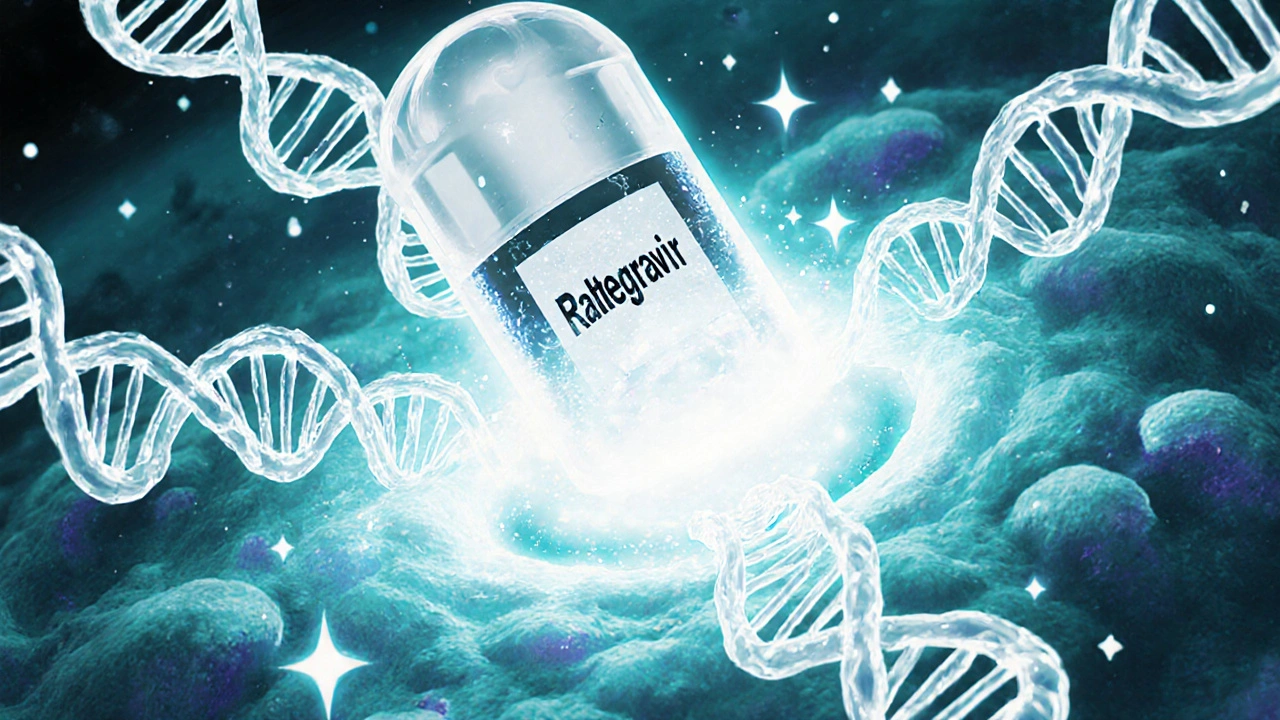CD4 Recovery – How to Restore Your Immune System
When working with CD4 recovery, the process of raising CD4 T‑cell numbers after they have fallen, usually because of HIV infection. Also known as immune reconstitution, it helps restore the body's ability to fight infections. The CD4 count, a lab measure of helper T‑cells per microliter of blood is the main readout you watch. Consistent antiretroviral therapy, medication regimens that suppress HIV replication is the backbone of any recovery plan. Together these three pieces—definition, measurement, and treatment—form a clear pathway: CD4 recovery requires a low viral load, proper medication adherence, and supportive health habits.
Key Factors that Influence CD4 Recovery
First, the virus itself drives how fast you bounce back. A lower viral load directly increases CD4 recovery because fewer cells are being destroyed. Second, nutrition matters more than many people realize. Conditions like iron deficiency anemia or hypocalcemia, which show up in our other guides, can drag down immune function and slow the rise of CD4 numbers. Third, co‑infections such as hepatitis or opportunistic illnesses demand extra attention; they compete for immune resources and can stall progress. Fourth, lifestyle choices—regular exercise, stress management, and avoiding smoking—create a healthier environment for T‑cells to expand. Finally, medication interactions matter. Some drugs used for other conditions (for example, certain antibiotics or anti‑inflammatory creams) might affect how well antiretroviral therapy works, so it’s worth checking each prescription with your doctor.
Putting these pieces together gives you a roadmap: keep your viral load low, stay on antiretroviral therapy, tackle nutritional gaps, manage co‑infections, and adopt a healthy lifestyle. Below you’ll find articles that dive deeper into each of these areas—from iron‑rich diet tips to managing side effects of common meds—so you can build a personalized plan that speeds up your CD4 recovery.

